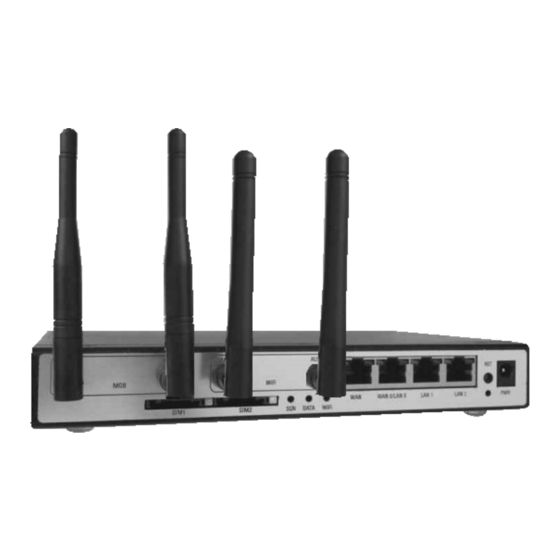
Rohde & Schwarz Topex Bytton LTE Manuals
Manuals and User Guides for Rohde & Schwarz Topex Bytton LTE. We have 1 Rohde & Schwarz Topex Bytton LTE manual available for free PDF download: User Manual
Rohde & Schwarz Topex Bytton LTE User Manual (290 pages)
Industrial-grade Cellular Router for 3G+/4G Networks
Brand: Rohde & Schwarz Topex
|
Category: Network Router
|
Size: 9 MB
Table of Contents
-
-
-
-
Power up43
-
-
-
MENU Items55
-
Lan59
-
Wan131
-
Settings131
-
WAN Management136
-
WAN Port137
-
Ppp140
-
-
Tunnels148
-
Routing167
-
Firewall169
-
Static Routes177
-
Dynamic Routes185
-
System211
-
Services230
-
Sim247
-
SIM Status247
-
SIM Settings250
-
-
-
-
-
Applications277
-
Glossary280
-
Advertisement
Advertisement
